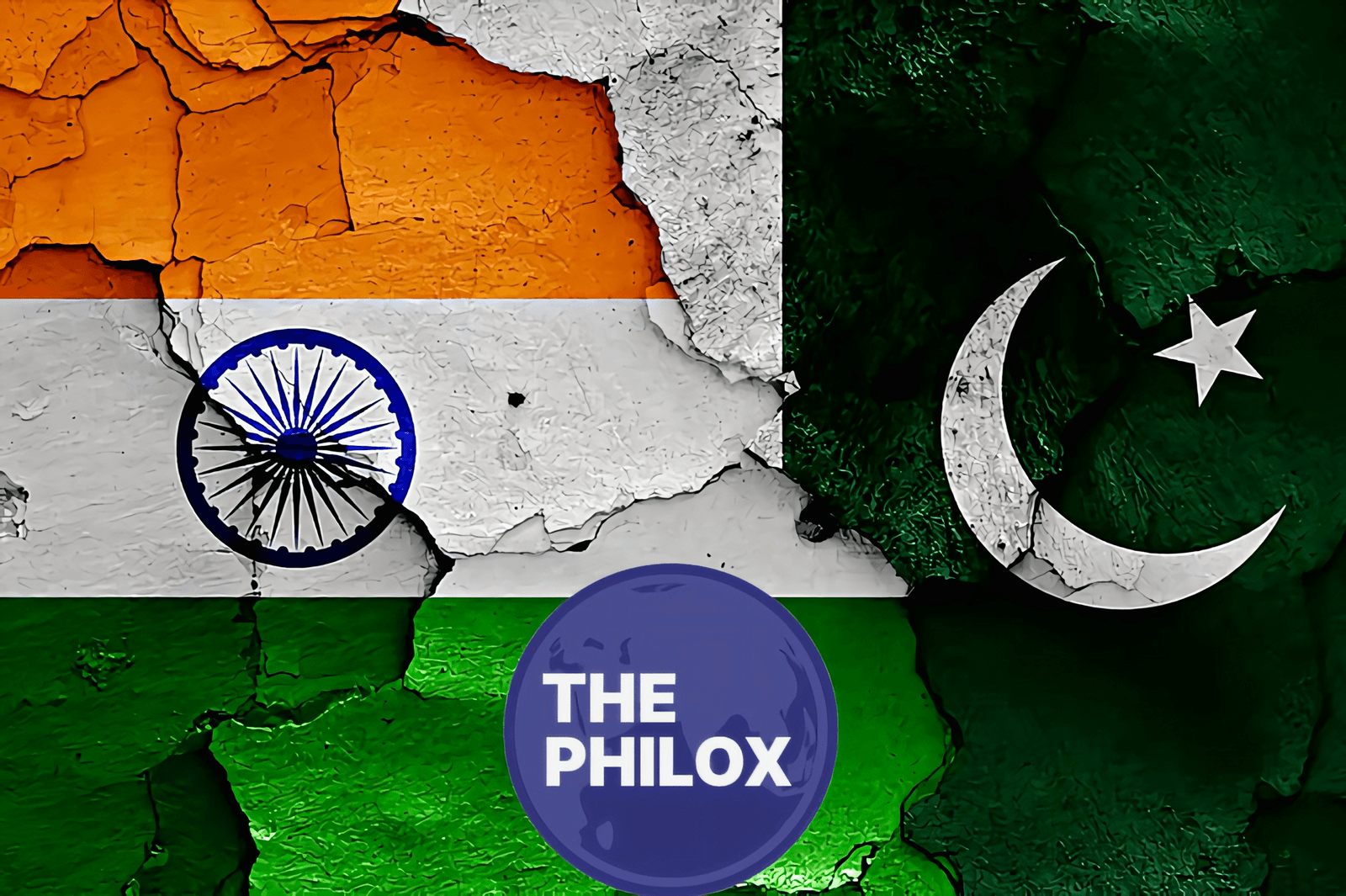Human Metapneumovirus was first identified in the year 2001. This is a respiratory virus closely resembling the respiratory syncytial virus. HMPV attacks the respiratory system, causing mild colds to severe pneumonia.
Though HMPV itself has been documented for decades now, these new strains made the scientists go into a high-level alert. Experts believe that it is dangerous than COVID 19, more so because of a higher mortality rate and the vast potential for wider spread.
Because COVID-19 mainly affected just one particular group of society, HMPV can cause major diseases in almost all age brackets, including toddlers and the old.
Warnings issued by Scientists and Experts
Recently, the virologists and epidemiologists raised alarms over HMPV. Apparently, the virus has a much higher mortality rate than that of COVID-19; in some reports, it is estimated to reach up to 10% in susceptible populations. This assessment certainly warrants critical and urgent attention.
She further added, “The HMPV virus is not new; the recent mutation that has surfaced is making it a more virulent and harder to curb variant.
The world will run for cover if something is not done immediately.” One such factor complicating the scenario to control the virus is its propensity to elude early diagnosis; hence experts are calling for increasing surveillance and research.
Government of India Response
The Indian government has not been very clear in reply to the HMPV threat. The Ministry of Health has issued guidelines to the hospitals to intensify surveillance in respect of respiratory infections.
Experts, however believe that the measures taken are too little given the possible level of severity the virus may possess.
According to public health expert Dr. Rajesh Gupta, India has such a huge population prone to respiratory diseases and no concrete national plan to fight HMPV; the disaster could be too huge and overwhelming – like what happened during the COVID-19 pandemic.
Although a few states have launched localized awareness campaigns and increased their testing capacity, there is a problem of lack of coordination.
Critics point out that the government should invest more in HMPV research and vaccine development so that the threat can be better contained.
Bio-Warfare Speculations and China’s Role
Amid the growing concern over HMPV, some sources have speculated about its possible link to bio-warfare. These allegations stem from the virus’s rapid spread and its emergence in certain regions under unusual circumstances.
Although no such evidence has ever been revealed to authenticate these theories, it is the speculations that have brought controversy over international powers involvement in the spreading of new pathogens, especially from China.
The experts are calling for a deeper investigation rather than jumping into conclusions and encouraging cooperation among the global community rather than suspicion.
Dr. Emily Wang, infectious disease researcher said, “The accusations of bio-warfare really take away from the need for immediate control of the virus. The focus is on containment and prevention, not geopolitical blame games.”
International Response to HMPV
The response to HMPV around the world has been patchy. Some have taken a step ahead in public health measures; others are coming late in accepting the danger this virus poses.
The WHO has called upon these nations to stress the reporting of cases and diagnosis of HMPV to grasp the trend more effectively.
The WHO’s response is still not sufficient. For instance, “The WHO should play a more active role in dealing with HMPV.
This must be in coordination of international research efforts, clear guidelines for member countries, and resource sharing among nations. ” According to Professor James Eldridge, an infectious disease expert.
Current Situations Regarding Infections of HMPV
It has been reported to date that HMPV infections are found in various countries such as the United States, India, and parts of Europe.
Recently, the number of reported infections has rocketed up to a level whereby health care systems in some regions become so overwhelmed that they cannot handle it.
Preliminary data indicate more than 50,000 infections and 5,000 deaths worldwide, and the spread of the virus has been highly reported in places with weak healthcare infrastructures. Therefore, there is an urgent need for international aid and intervention.
Global Impact and Call for Action
Indeed, the international implications of HMPV are beyond calculation. Let alone control of economies, overwhelming health systems, or body counts, the repercussions would be spectacular.
What COVID-19 has shown within a short span is what a new virus can do-thrown the world to its knees-and experts fear HMPV may have a similar track record.
Governments need to take drastic measures to prevent a global catastrophe. Thus, there is a need for increased funding for HMPV research, accelerated vaccine development, and appropriate public health measures.
International organizations, like the WHO, need to play a central coordinating role in the containment efforts of this virus.
The re-emergence of HMPV as an emerging global threat calls for cautiousness and preparation. Even if the virus per se is nothing new, this new mutation is alarming in relation to the current higher rate of mortality associated with the virus.
That will be up to the responsibility of the government, scientists, and international bodies to combine all efforts and attempt to work ahead of the ball before it strikes too late for anything. Catastrophe would be more gruesome than the disaster of COVID-19.
Expectations for HMPV to be severely limited should come only if combined global efforts are undertaken that would help protect public health.
Stay Connected and Share Your Stories
For all those inspired by stories of resilience and ambition, follow us on X/Twitter and on Instagram . For those with untold stories that you would love to share, please send them to contact@thephilox.com




